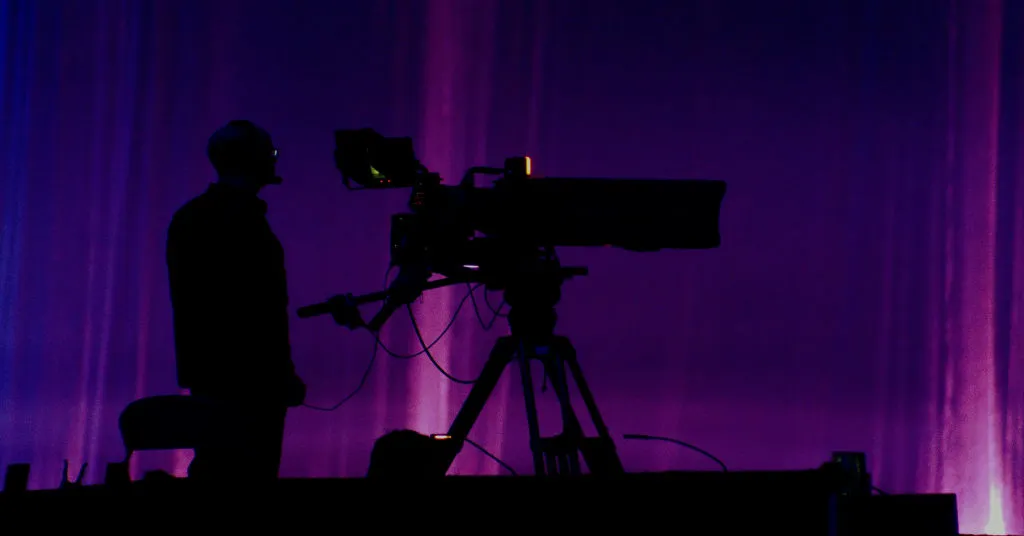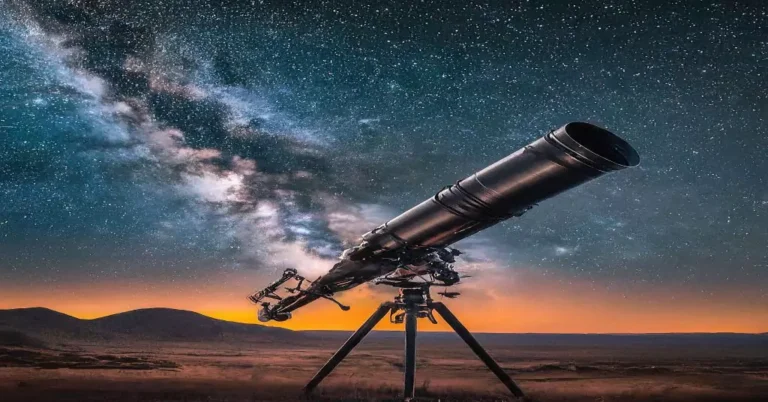Telescope for Amatuer astronomer – Stargaze Like a Pro
Do you dream of exploring the universe beyond what your eyes can see? Well, you’re not alone! Many people just like you are interested in astronomy, a fun hobby that lets you see amazing things like galaxies and colourful clouds of gas, all millions of miles away.
This guide is perfect for beginners who want to get started with their astronomy adventures. The essential tool you’ll need is a telescope, which will unlock a whole new world for you. Imagine seeing the bumpy surface of the Moon or the colourful swirls of distant nebulae. You might even discover a new comet or be the first among your friends to see Saturn’s rings! A telescope isn’t just about looking at cool stuff; it’s about feeling a sense of wonder and getting excited about science. Sounds exciting?
Understand about Telescope Trio:
Ok, let’s pick out the perfect telescope for you! There are three main kinds to think about, and each one has its pros and cons,
- Refractor Telescopes: It uses lenses to bend and focus light, giving you super clear, sharp views. This makes them perfect for checking out planets and their moons, like zooming in for a closer look. They’re also easier to set up and take care of than other telescopes. However, just like a small magnifying glass can’t show you much detail on a faraway object, refractors’ telescopes can get a little pricey if you want to see fainter things in the night sky. This is because bigger lenses cost more, and bigger lenses are needed to see those faraway objects.
- Reflector Telescopes: Refractors use lenses, like a giant magnifying glass, for super clear views. They’re great for planets but can be expensive for seeing fainter things in the night sky. Reflectors, on the other hand, are more like funhouse mirrors! They use giant mirrors to capture more light, which is perfect for seeing faint objects like galaxies and nebulae. Reflectors are usually more prominent, and you might need to adjust them sometimes to get the best views, but they’re generally more affordable for bigger sizes.
- Dobsonian Telescopes: These user-friendly telescopes are a type of reflector telescope mounted on a simple alt-azimuth mount. This design allows for easy pointing. Making them fantastic for beginners. Dobs are particularly popular for deep-sky observation due to their affordability and large apertures. However, they lack the precise object-tracking capabilities of equatorial mounts, which can be helpful for long-exposure astrophotography.
Essential Considerations for Beginners
Selecting the perfect telescope requires more than just design. Here are some key factors to consider as a budding astronomer.
- Magnification: Telescopes magnify distant objects, bringing them closer for detailed observation. However, more magnification is sometimes better. Higher magnification requires steadier skies and a larger telescope aperture to produce clear images. A good starting point is a telescope that offers a range of magnifications.
- Aperture Size: This is how big the primary lens or mirror of your telescope is. Aperture is super important! It decides how much light your telescope can collect, which affects how well you can see faint and faraway objects. Usually, a bigger aperture lets you see fainter things in the sky. But bigger apertures also mean your telescope will be heavier and cost more.
- Mount: The mount is like a stand that holds and helps you move your telescope. There are two main kinds: alt-azimuth mounts and equatorial mounts. Alt-azimuth mounts are more accessible for beginners because they move the telescope up and down and left and right. Equatorial mounts are a bit trickier, but they’re great for keeping track of objects as they move through the sky, which is essential for taking long-exposure photos of space.
Top Telescope Picks for Beginners
Selecting the perfect telescope can feel overwhelming, but fear not! Here are a few highly-rated options to start your astronomical journey.
Celestron Astro Fi 102mm Refractor Telescope
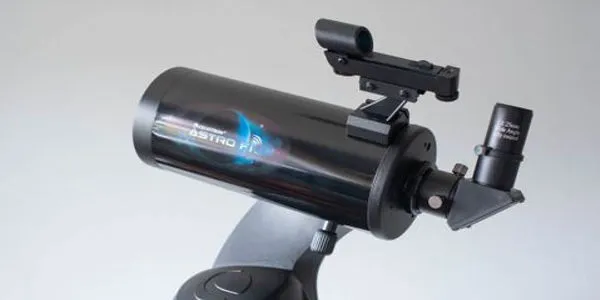
The Celestron Astro Fi 102mm Refractor Telescope can make these fantastic sights possible for beginners. This easy-to-use telescope has excellent optics, giving you sharp and clear images. But the best part is that it has a computerized GoTo mount. With just a few clicks, you can tell the telescope to find planets, nebulae, and even far-off galaxies! No need to figure out complicated star maps – the Astro Fi 102mm puts the whole universe within reach. It’s an excellent choice for new astronomers who want to explore our solar system and beyond, all with the convenience of a GoTo mount.
Specs
| FEATURES | DETAILS |
|---|---|
| Brand | Celestron |
| Model Name | Astro Fi 102 Wi-Fi Maksutov |
| Eye Piece Lens Description | Kellner |
| Objective Lens Diameter | 102 Millimeters |
| Telescope Mount Description | Altazimuth Mount |
| Product Dimensions | 36″D x 30″W x 53″H |
| Focus Type | Manual Focus |
| Power Source | Adapter |
| Finderscope | Reflex |
| Item Weight | 14 Pounds |
Pros
- Solid build quality
- Effective WiFi connectivity
- Easy alignment process
- Good for planet viewing
- Nice images captured
- Strong optics
- Lightweight construction
Cons
- WiFi app dependency
- Short battery life
- App crashes with telescope
- Battery not included
- Mobile connection issues
Best Features
- Wi-Fi Control
- Fully Coated Optics
- Smartphone/Tablet Compatible
- Wireless Slewing
- Sky Align Technology
Orion SpaceProbe 130ST Reflector Telescope
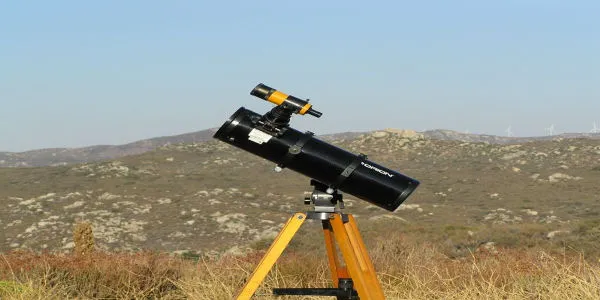
The Orion SpaceProbe 130ST Reflector Telescope is your ticket to discovering the hidden wonders of the universe. This telescope is affordable but powerful, thanks to its large aperture. It lets you see faint nebulae, faraway galaxies, and beautiful star clusters. Get ready to be amazed by the colourful swirls of the Orion Nebula or the majestic spiral arms of the Andromeda Galaxy. Even though the SpaceProbe 130ST uses a manual equatorial mount, it’s easy to use, especially for beginners who want to explore deep space without spending too much.
Specs
| FEATURES | DETAILS |
|---|---|
| Brand | Orion |
| Optical Tube Length | 24 Inches |
| Eye Piece Lens Description | Plossl |
| Objective Lens Diameter | 130 Millimeters |
| Telescope Mount Description | Equatorial Mount |
| Product Dimensions | 24″D x 24″W x 51″H |
| Focus Type | Manual Focus |
| Finderscope | Reflex |
| Item Weight | 24.2 Pounds |
Pros
- Good optics
- Sturdy construction
- Portable design
- Versatile magnification options
- Smooth and precise tracking
- High-quality images
- Easy setup
Cons
- Shaky at high magnification
- Tripod scratches and dirt
- Limited latitude range for EQ mount
- Heavy
Best Features
- Portable
- Wide-field
- Includes Accessories
ALSO READ: THE BEST BUDGET TELESCOPE FOR BEGINNERS
Zhumell Z10m Dobsonian Telescope
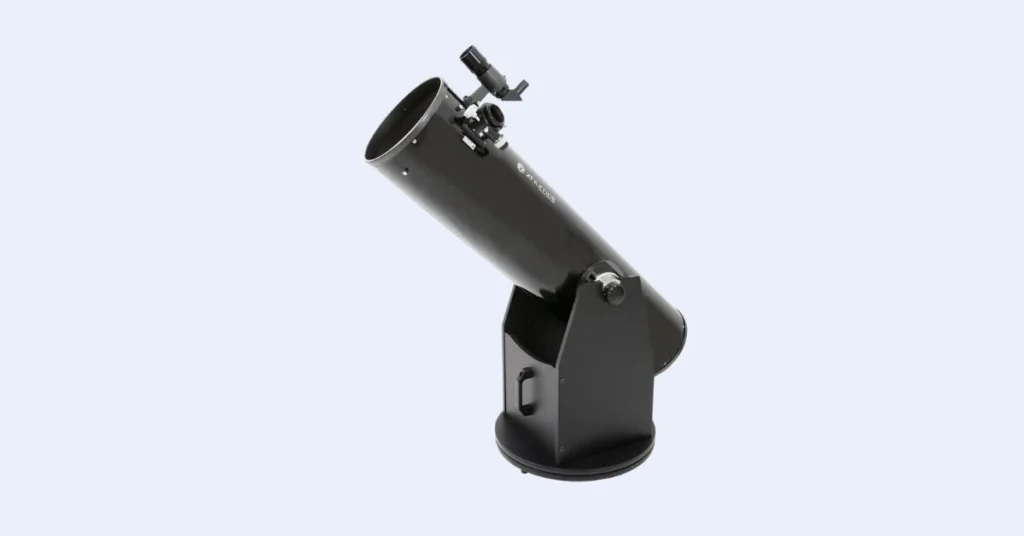
The Zhumell Z10m Dobsonian Telescope is a top pick for beginners. This classic telescope offers fantastic value for its price, featuring a big aperture that’s great at collecting light. With this telescope, you can see even the faintest traces of nebulae and the fine details of far-off galaxies. The Dobsonian mount is famous for being easy to use, with its simple alt-azimuth design making it a breeze to navigate the sky. Just point and explore – it’s that straightforward! If you love observing deep space and want a telescope that gives you a lot for your money, the Zhumell Z10m Dobsonian is perfect for you.
Specs
| FEATURES | DETAILS |
|---|---|
| Model Name | Zhumell |
| Eye Piece Lens Description | Wide Field |
| Objective Lens Diameter | 10 Inches |
| Telescope Mount Description | Altazimuth Mount |
| Product Dimensions | 21″D x 21″W x 55″H |
| Focus Type | Manual Focus |
| Finderscope | Reflex |
| Item Weight | 47 Pounds |
| Aperture Diameter | 10 Inches |
Pros
- Smooth alt-az action
- Easy collimation
- Clear, bright views
- Decent spotting scope
- Good quality eyepieces
- Solid two-speed focuser
- Smooth movement
- Large and luminous
Cons
- Learning curve on focuser
- Base too smooth for 12″
- Undersized collimation springs
- Heavy (47 Pounds)
Best Features
- High-quality Optics
- Sturdy Base
- Large Primary Mirror
- Cooling Fan
Celestron NexStar 8SE Telescope
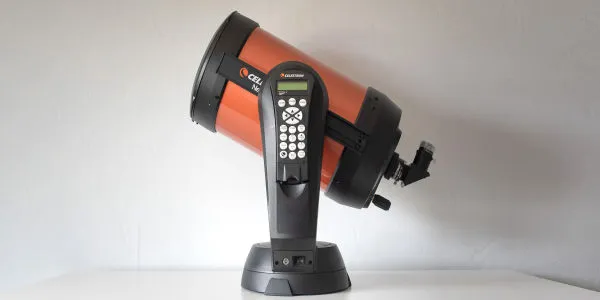
This computerized GoTo telescope comes with a big aperture reflector, perfect for viewing planets and deep-sky objects. The NexStar 8SE stands out with its easy-to-use GoTo mount, letting you find celestial targets with just a simple command. Say goodbye to struggling with star maps – the NexStar 8SE gives you access to the entire universe at the touch of a button. It’s an excellent choice for beginners who want a versatile and powerful telescope for exploring space, all with the convenience of a GoTo mount.
Specs
| FEATURES | DETAILS |
|---|---|
| Model Name | 11069 |
| Optical Tube Length | 432 Millimeters |
| Eye Piece Lens Description | Plossl |
| Objective Lens Diameter | 203 Millimeters |
| Telescope Mount Description | Altazimuth Mount |
| Product Dimensions | 42.01″D x 23.66″W x 12.99″H |
| Focus Type | Manual Focus |
| Power Source | Battery Powered |
| Finderscope | Reflex |
Pros
- Large Aperture
- Easy to Use
- Upgradable
- Versatility
- Relatively Affordable
Cons
- Bulkier and Heavier
- earning Curve
- Single-Fork Arm Mount
- Limited Astrophotography
Best Features
- Large Aperture and Great Optics
- Easy to Use GoTo Mount
- Compact and Portable
Conclusion
Looking through a telescope is like opening a door to a magical world. You can see Jupiter’s giant red spot, Saturn’s rings, and even faraway nebulae. It’s amazing! Looking at the stars makes you realize how huge the universe is and how small we are in it.
Ready to start your journey? Find a good telescope from a trusted seller, and let your excitement lead the way! So, grab your telescope, go outside, and wonder: What’s out there waiting for us to
FAQs
I’m a complete beginner. What kind of telescope should I get?
For starters, consider a refractor or reflector telescope with a good aperture (diameter of the main lens/mirror) in the 70mm to 130mm range. Look for telescopes with altazimuth mounts (easy to use) and manageable weight.
What are the different types of telescopes?
The three main types are refractors (uses lenses), reflectors (uses mirrors), and catadioptric (combination of lenses and mirrors). Reflectors tend to be more affordable for larger apertures, while refractors offer good image quality for planets.
What else should I consider besides aperture?
A: Equatorial mounts are more stable for deep-sky observing but require practice. Consider portability if you plan to travel with your telescope. Look for good quality eyepieces that offer different magnifications.
Where should I set up my telescope?
A: Find a dark location with minimal light pollution. Open fields away from city lights are ideal.
How can I learn more about astronomy?
A: Join a local astronomy club! They often host stargazing events and can offer guidance. There are also many online resources and astronomy magazines.

